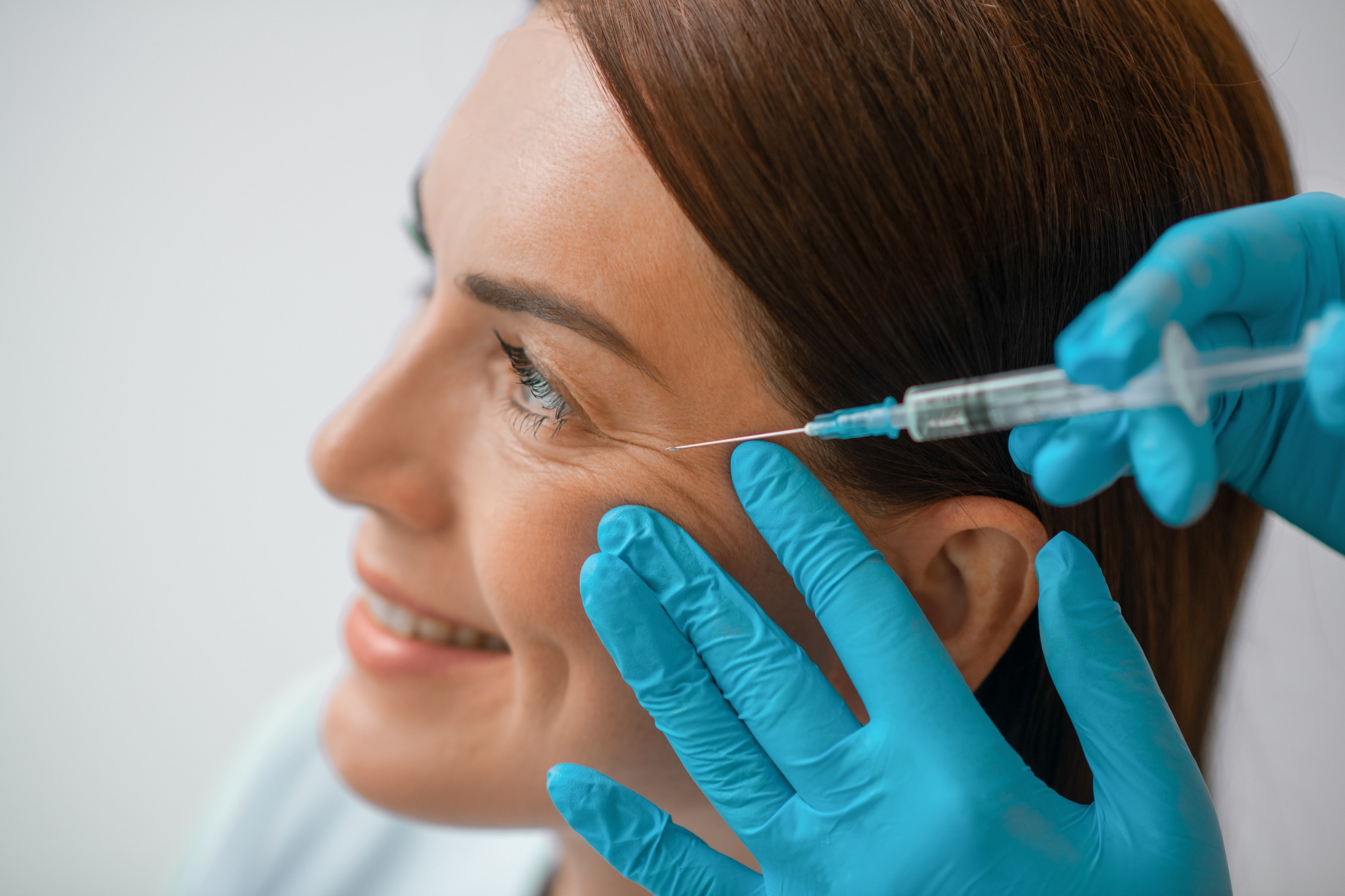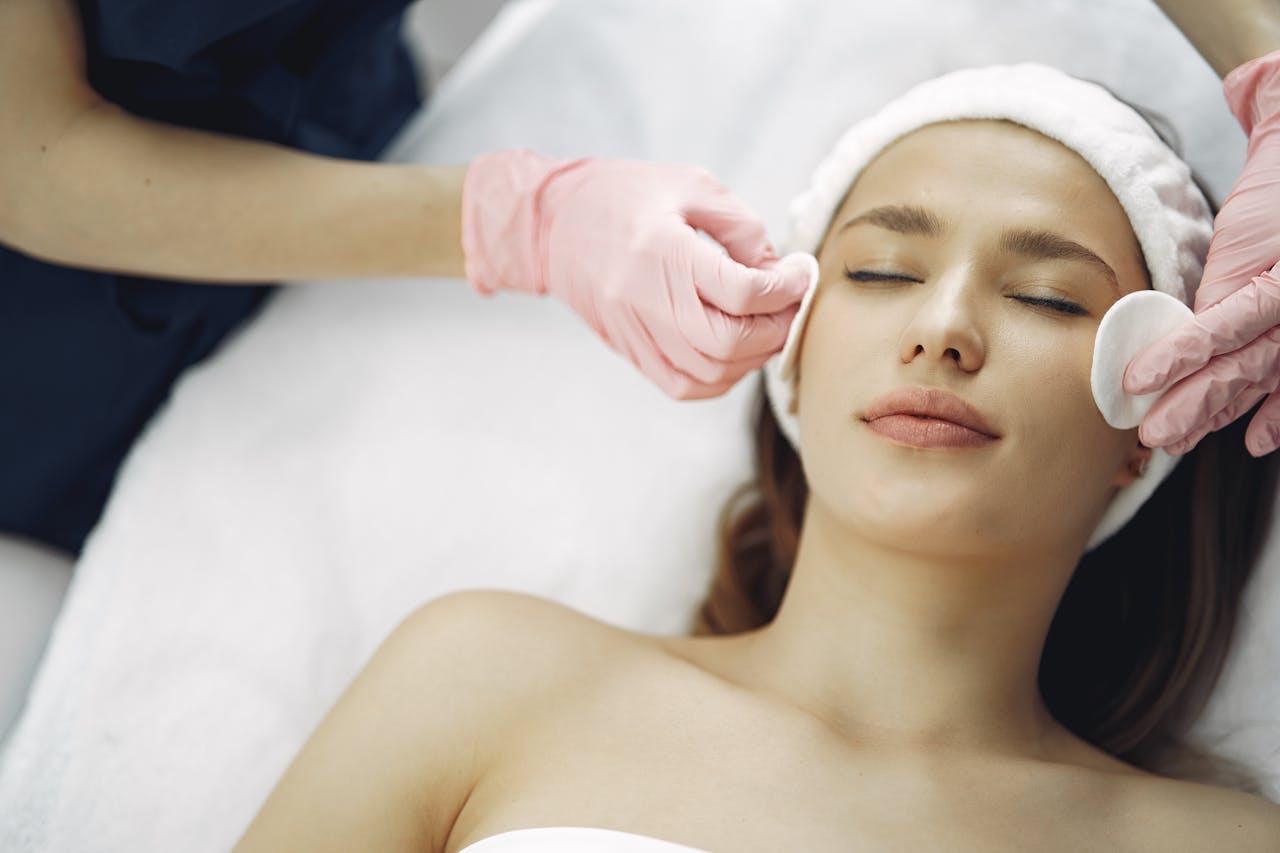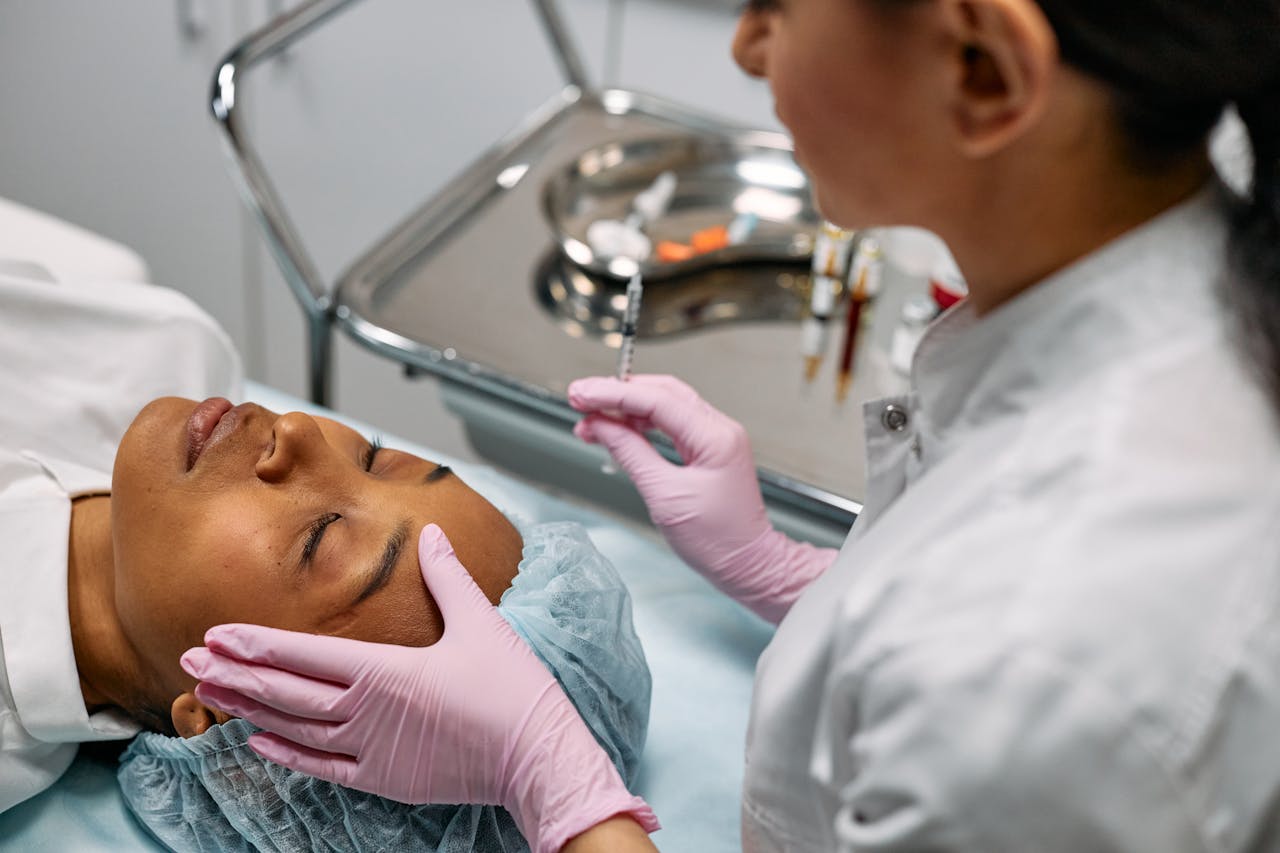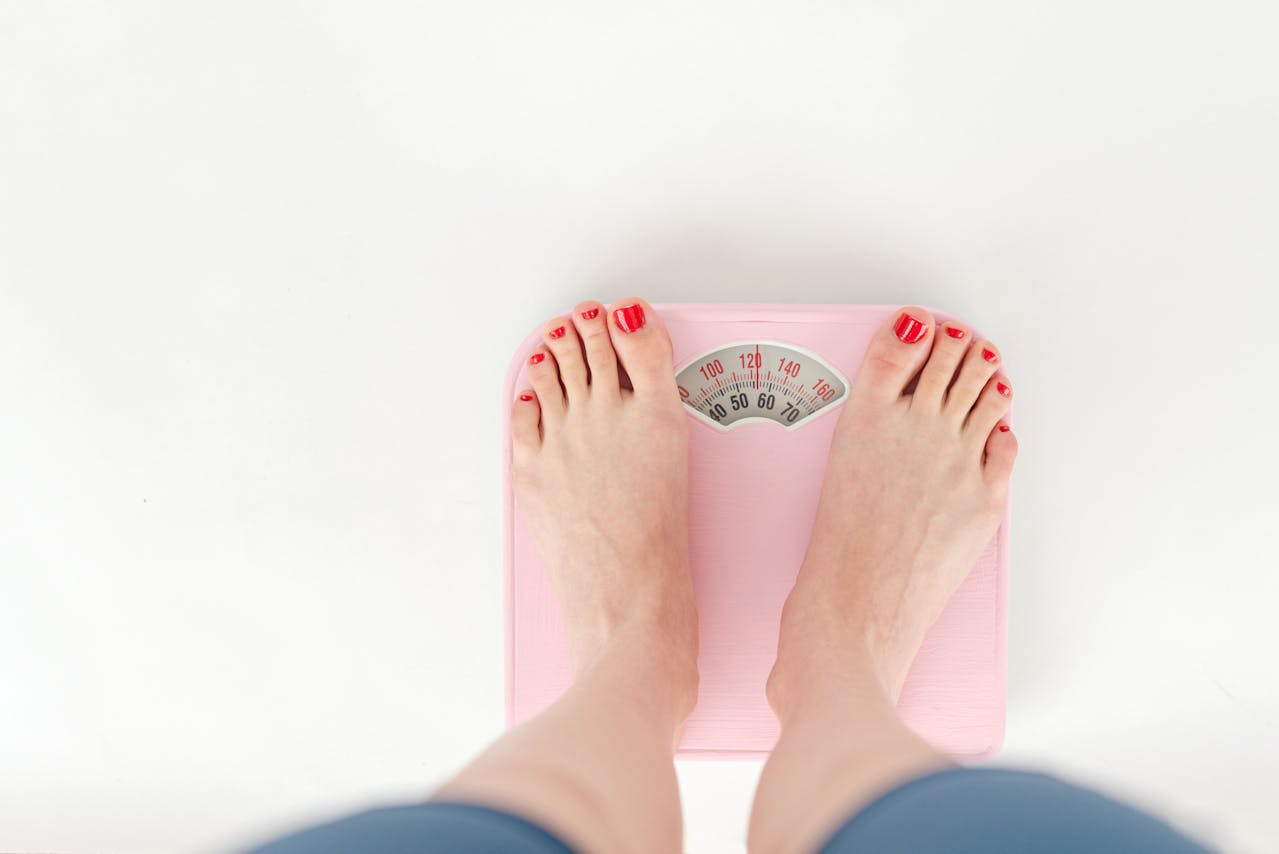What happens when you stop Botox? I used to think it was no big deal. Just a little wrinkle here, a fine line there. But then I talked to my friend who’s been getting Botox for years. She stopped cold turkey and holy moly, it was like watching a time-lapse of aging on steroids.
Turns out, when you quit Botox, your muscles start waking up from their long, forced nap. They stretch, yawn, and get back to their old tricks of creating wrinkles and lines. It’s like they’re making up for lost time, and your face is their canvas.
If you’re thinking about parting ways with your Botox injector, get ready for some changes. Your face might surprise you a bit as it adjusts. But isn’t that the beauty of being human? We age, we evolve, and we learn to love ourselves just the way we are—even with wrinkles.
What Happens When You Stop Botox?
If you’ve been getting Botox treatments for a while, you might be wondering what happens when you stop. Will your wrinkles come back worse than before? Is it safe to quit Botox cold turkey?
As someone who’s been there, I can tell you from experience that stopping Botox isn’t as scary as it seems. Here’s what you can expect when you press pause on your injections.
Muscles Regain Strength
The first thing you’ll notice when you stop getting Botox is that your facial muscles will gradually regain their strength and ability to contract. This means those fine lines and wrinkles that were softened by the injections will slowly start to reappear.
But don’t panic. The wrinkles won’t come back worse than before. They’ll just return to their pre-botox state as the muscle movement resumes. In my experience, this process usually takes around 3-6 months.
Fine Lines and Wrinkles Reappear
As the Botox wears off and your muscles start moving again, you’ll see those pesky fine lines and wrinkles making a comeback. This is a totally normal part of the aging process, and it doesn’t mean the botox has damaged your skin.
Interestingly, some research indicates that using Botox over a long period can actually help reduce the formation of new wrinkles. This means your skin might still enjoy some benefits even if you decide to take a break.
Skin Texture Changes
Another thing you might notice when you discontinue Botox is a change in your skin texture. Some people find that their skin feels a bit thinner or less firm after prolonged Botox use.
This is likely due to the fact that your skin hasn’t had to “work” as hard to support itself while the muscles were relaxed. But don’t worry, with a good skincare routine and maybe a few laser treatments, you can help restore that youthful bounce.
Is It Safe to Use Botox Long-Term?
Now that we’ve covered what happens when you stop Botox, let’s talk about the safety of using it long-term. As a medical spa owner, I get asked this question a lot.
The truth is, that botox has been used for cosmetic purposes for over 20 years now, and numerous studies have shown it to be safe and effective when administered by a qualified injector. But like any medical treatment, there are some potential side effects to be aware of.
Potential Long-Term Side Effects
Although it’s not common, some folks might get side effects from using Botox for a long time. These can include headaches, drooping eyelids, or muscle weakness. The good news is that these usually go away on their own after a few weeks.
Though very rare, serious issues like trouble breathing or swallowing can happen if the Botox spreads beyond the targeted area. This is why picking a skilled and knowledgeable injector is crucial.
Safety of Prolonged Botox Use
So, is it safe to use Botox long-term? The short answer is yes, as long as you’re getting it from a reputable provider and following the recommended treatment schedule.
Importance of Qualified Injector
The success of your botox treatment largely depends on who administers it. Choose an injector with proper licensing and training, as well as positive feedback from previous patients.
Our medical spa boasts highly trained injectors who excel in the art of botox. They take time to get to know your goals and ensure you leave with safe, natural-looking enhancements every time.
Alternatives to Botox for Wrinkle Prevention
If you’re thinking about taking a break from botox, or if you’re just curious about other options for wrinkle prevention, there are plenty of alternatives to consider. From dermal fillers to laser treatments to good old-fashioned skincare, here are some of my top picks.
Dermal Fillers
Dermal fillers are a popular way to reduce wrinkles and add volume back to your face. Unlike Botox, which relaxes muscles, these fillers work by adding plumpness directly under the skin.
Fillers come in many varieties, each offering different benefits. Popular choices include hyaluronic acid fillers like Juvederm, which can last between six months to a year.
Laser Treatments
If you want a lasting way to keep wrinkles at bay, consider laser treatments. These advanced cosmetic procedures use light beams to boost collagen and smooth out your skin.
Popular laser treatments like Fraxel target fine lines and sun damage, while Ultherapy uses ultrasound to lift and tighten skin. Though these options might be pricier than Botox or fillers, their effects can last for years.
Skincare Routines
To really keep wrinkles at bay, a solid skincare routine is essential. Taking care of your skin both inside and out can slow down the aging process and help you maintain a fresh complexion.
Some of the most important skincare steps for wrinkle prevention include wearing sunscreen every day (yes, even when it’s cloudy.), using a retinoid or retinol cream to boost collagen production, and staying hydrated with a good moisturizer. Don’t forget to eat a healthy diet and get plenty of sleep, too.
Factors Affecting the Duration of Botox Results
One of the most common questions I get from clients is how long their botox results will last. The truth is, there’s no one-size-fits-all answer to this question. The duration of your botox results can vary depending on a number of factors, from the frequency of your injections to the specific areas treated.
Frequency of Injections
Getting botox injections more often can make your results last longer. Over time, these regular treatments help train your muscles to stay relaxed, even after the effects of the botox start to fade.
Most people find that they need to get botox touch-ups every 3-4 months to maintain their results. But if you’re consistent with your treatments, you may be able to stretch that out to every 6 months or even longer.
Treated Areas
Another factor that can affect the duration of your botox results is the specific area(s) being treated. Some areas of the face, like the forehead and crow’s feet, tend to respond better to Botox than others.
Because these areas have thinner skin and less muscle activity, Botox works more effectively there. In contrast, spots like the mouth and chin might need touch-ups more often to keep up the results.
Individual Factors
The longevity of your Botox results isn’t set in stone; it depends on things like how old you are, what kind of skin you have, and how you live day-to-day. For instance, younger folks often experience more lasting outcomes than those who are older. If you’re someone with oily or dry skin types—or if smoking and sun exposure without sunscreen is part of your routine—it could affect how long you’ll enjoy those smooth results.
For example, younger people with more elastic skin may see longer-lasting results than older people with thinner, less resilient skin. Smokers and sun worshippers may also notice that their botox wears off more quickly, since these habits can accelerate the aging process.
Transitioning from Botox: What to Expect
If you’ve decided to take a break from Botox, either temporarily or permanently, you might be wondering what to expect during the transition period. Will your wrinkles come back with a vengeance? Will people notice that you’ve stopped getting injections?
Gradual Return of Wrinkles
The first thing you’ll notice when you stop getting Botox is a gradual return of wrinkles and fine lines. This process usually takes several months, as the muscles slowly regain their strength and the skin settles back into its natural state.
It’s important to remember that your wrinkles won’t come back worse than before. They’ll simply return to their pre-botox appearance. And if you’ve been getting Botox for a while, you may find that your wrinkles are actually less noticeable than they were before you started treatment.
Changes in Facial Expressions
Another thing you might notice when you stop Botox is a change in your facial expressions. After months or years of having certain muscles “frozen,” you may find that your face feels a bit stiff or tight as those muscles start to move again.
This is totally normal and should ease up in a few weeks as your muscles get used to their new range of motion. Meanwhile, try some gentle facial exercises or give yourself a massage to help things along.
Adjusting to Natural Appearance
Finally, transitioning from Bo may require a bit of an adjustment period as you get used to your natural appearance again. If you’ve been getting injections for a long time, you may have forgotten what your face looks like without them.
This time can be an opportunity to rediscover yourself. Focus on nurturing your skin inside out, understanding that growing older is a lovely part of life. A bit of patience combined with self-love will have you embracing your post-botox appearance soon enough.
Key Takeaway:
When you stop botox, your facial muscles regain strength and wrinkles gradually return to their pre-botox state. The process usually takes 3-6 months. Long-term use is safe if done by a qualified injector, but there are alternatives like dermal fillers, laser treatments, and solid skincare routines for wrinkle prevention.
Conclusion
So, what happens when you stop botox? Your face starts to remember what it’s like to move, to express, to be alive. Those wrinkles and lines that were hiding beneath the surface make a comeback, and you get to embrace the authentic you.
It might be a bit of a shock at first, seeing your face change after being frozen in time for so long. But there’s a certain beauty in letting nature take its course and in accepting the journey of aging with grace and humor.
So, if you’re ready to break free from the botox cycle, go for it. Embrace your laughter lines, your frown lines, and all the little imperfections that make you uniquely you. And remember, a smile is always the best accessory, whether it’s perfectly smooth or delightfully crinkled.




